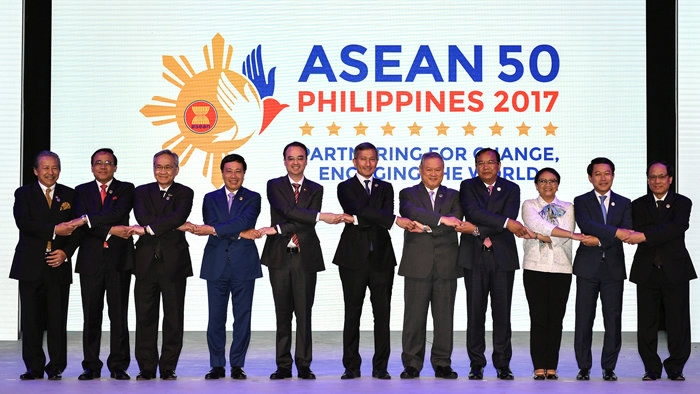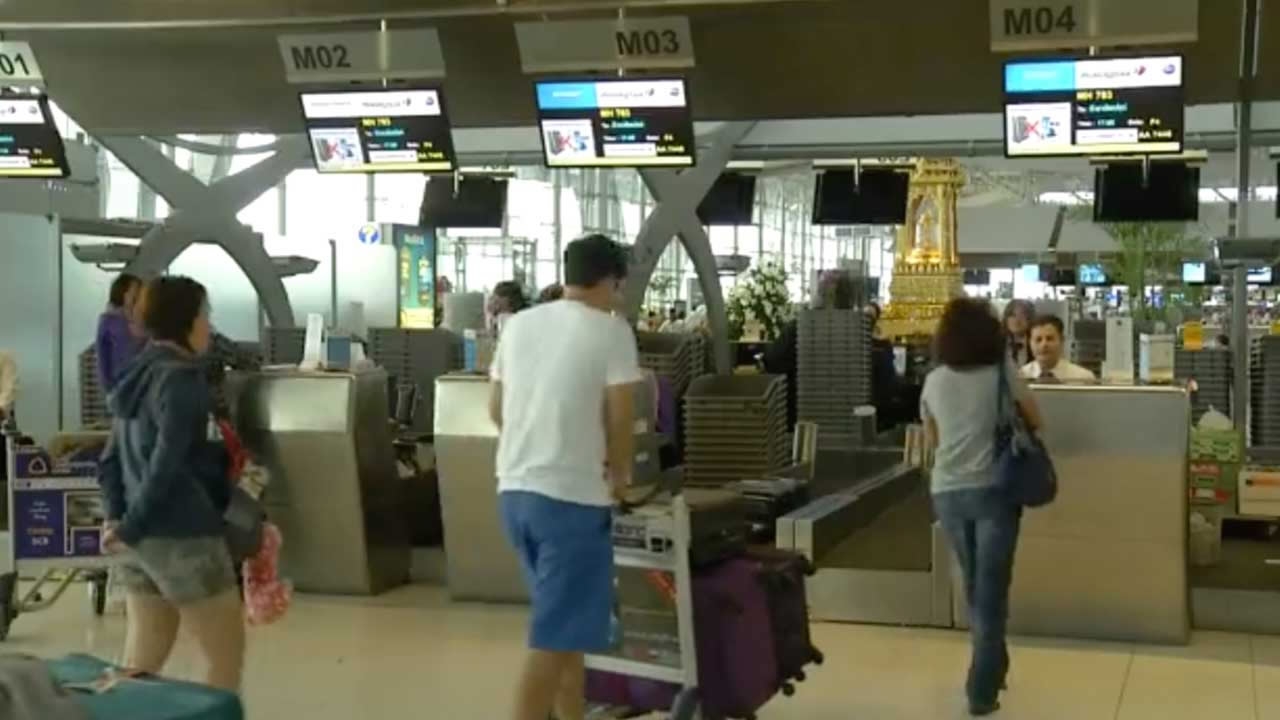The Association of Southeast Asian Nations (ASEAN) will celebrate its 50th anniversary of its founding on Tuesday. Over the past half century, it has evolved from a loose group of newly independent states to an increasingly high-profile regional community, becoming the world's sixth largest economy at the start of 2017.
But that does not mean ASEAN can take its success in the next 50 years for granted.
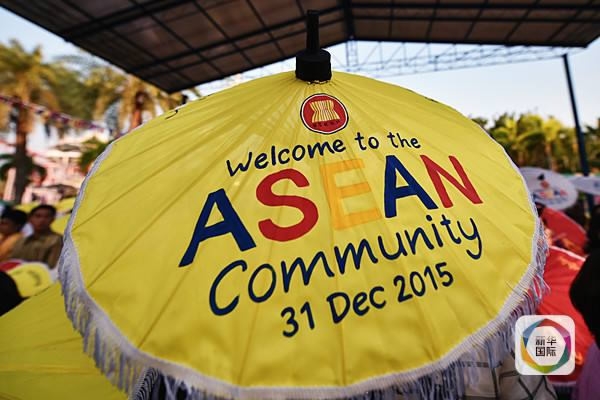
The ASEAN Community was established on December 31, 2015. /Xinhua Photo
The ASEAN Community was established on December 31, 2015. /Xinhua Photo
Nascent years
On August 8, 1967, the foreign ministers of Indonesia, Malaysia, the Philippines, Singapore and Thailand signed the ASEAN Declaration in Bangkok and created the bloc.
One of ASEAN's founding fathers, then Thai Foreign Minister Thanat Khoman, explained why Southeast Asia needed an organization for cooperation in an article in 1992.
The most important reason was that "with the withdrawal of the colonial powers, there would have been a power vacuum which could have attracted outsiders to step in for political gains," Khoman wrote.
Except Thailand, all the other four founding members of ASEAN were former colonies of European countries and the United States. When they gained independence after World War Two, the Cold War between the US and the Soviet Union and their allies was in full swing.
"The motivation for our efforts to band together was thus to strengthen our position and protect ourselves against Big Power rivalry," Khoman noted.
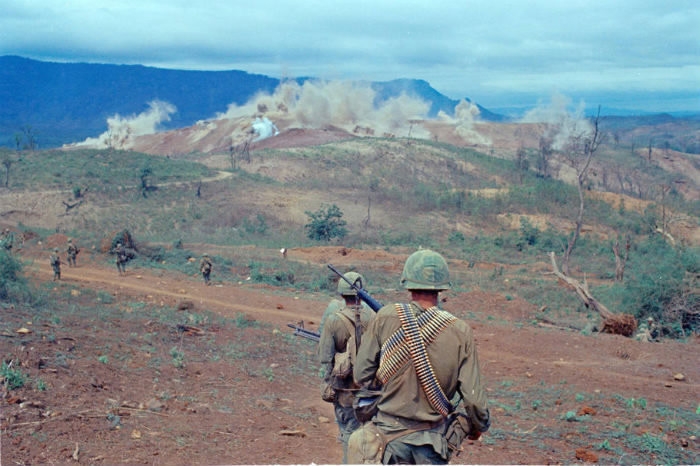
The end of the Vietnam War marked a decline of the American power in Southeast Asia. /Xinhua Photo
The end of the Vietnam War marked a decline of the American power in Southeast Asia. /Xinhua Photo
In December 1978, ASEAN faced its "sternest test" when Vietnam invaded and occupied Cambodia, according to Barry Desker, a distinguished fellow at the S. Rajaratnam School of International Studies of Singapore's Nanyang Technological University.
"An effective ASEAN response at the United Nations" led to Vietnam's military withdrawal from Cambodia in 1991, which "resulted in international recognition of ASEAN as the most successful regional organization after the European Union," he wrote in an article published in ASEAN Focus recently.
Expansion and integration
The development of ASEAN accelerated with the end of the Cold War in early 1990s. By April 1999, it grew to a 10-member regional bloc after the admission of Brunei, Vietnam, Laos, Myanmar and Cambodia.
Since the 1990s, ASEAN has been evolving from a diplomatic community linking the foreign ministries of the region to an EU-like comprehensive cooperation community.
Starting from the fourth ASEAN Summit in Singapore in 1992, which declared that an ASEAN Free Trade Area (AFTA) would be established within 15 years, member countries have made significant progress in lowering intra-regional tariffs.
On December 15, 2008, the ASEAN Charter entered into force and became a legally binding agreement among member states.
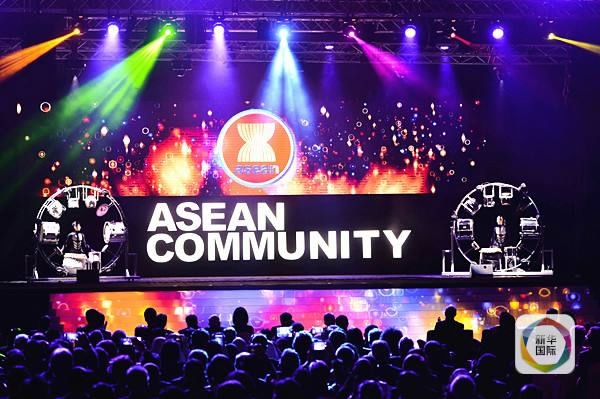
A gala is held in honor of the ASEAN Community in Kuala Lumpur, Malaysia, November 22, 2015. /Xinhua Photo
A gala is held in honor of the ASEAN Community in Kuala Lumpur, Malaysia, November 22, 2015. /Xinhua Photo
Another major milestone was achieved at the end of 2015 as the ASEAN Community was established, with political-security, economic and socio-cultural cooperation as its three pillars.
Currently, member states are implementing the ASEAN Community Vision 2025 to achieve people-oriented and people-centered integration.
As part of the efforts, discussion on a Schengen-style ASEAN single visa is underway. Once a "Schengen Area" is created throughout ASEAN, the 628 million people in the region will be able to travel freely across the 10 member states, further boosting ASEAN tourism.
External cooperation
Apart from the ongoing integration within the region, ASEAN is also expanding cooperation and engagement with other countries and organizations such as China, the US, Japan, the Republic of Korea (ROK), Australia, New Zealand, Canada, India, Pakistan, Russia, the United Nations and the EU.
China, which began developing official ties with ASEAN in 1991, became a full Dialogue Partner of the group in 1996 and a Strategic Partner for Peace and Prosperity in 2003.
Meanwhile, ASEAN is playing an active role in major international issues like territorial disputes in the South China Sea and the Korean Peninsula nuclear crisis.
China and ASEAN countries approved the framework of the Code of Conduct (COC) in the South China Sea at the ASEAN-China meeting in Manila over the weekend, laying a "very good foundation" for substantive consultation between the two sides in the future, Chinese Foreign Minister Wang Yi said on Sunday.
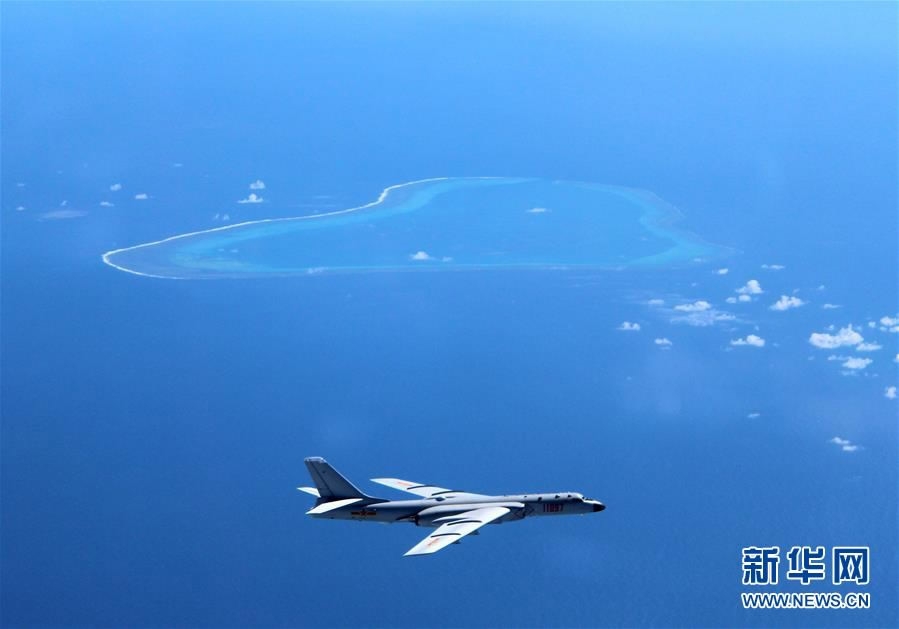
China and ASEAN countries have approved the framework of the Code of Conduct (COC) in the South China Sea. /Xinhua Photo
China and ASEAN countries have approved the framework of the Code of Conduct (COC) in the South China Sea. /Xinhua Photo
The DPRK's Foreign Minister Ri Yong Ho's appearance in the Philippine capital was also highly anticipated. Aside from the UN, the ASEAN Regional Forum (ARF) is the only multilateral security forum with the DPRK as a member. The world will watch closely when officials from the DPRK, the ROK, the US and China meet at the ARF on Monday.
Challenges ahead
However, some experts say for ASEAN to stay relevant in the next 50 years, it needs more than economic prosperity and numerous meetings.
Kavi Chongkittavorn, a senior fellow at the Institute of Security and International Studies at Chulalongkorn University in Bangkok, said the organization needs to change its mindset in order to remain relevant.
"Given the hierarchical character of ASEAN, its future leaders must be more willing to share similar visions and concerns about the challenges ahead," Chongkittavorn wrote in a commentary for Nikkei Asian Review.
"They must also speak with one voice and act in unison."
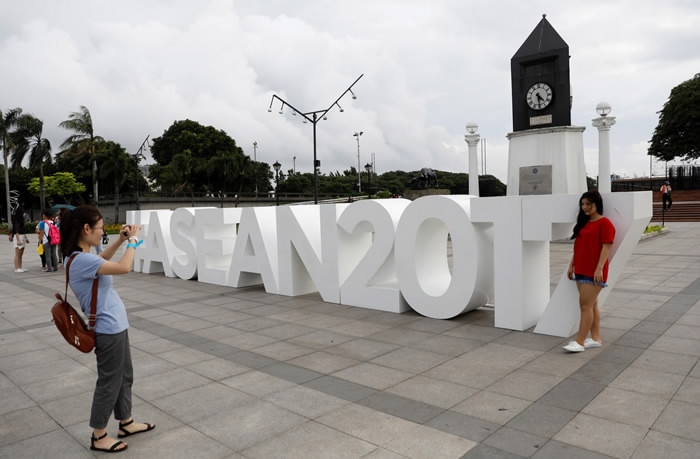
A Chinese tourist poses next to the ASEAN logo ahead of the 50th ASEAN Foreign Ministers meeting in Manila, the Philippines, August 2, 2017. /Reuters Photo
A Chinese tourist poses next to the ASEAN logo ahead of the 50th ASEAN Foreign Ministers meeting in Manila, the Philippines, August 2, 2017. /Reuters Photo
In 2016, the ASEAN bloc held nearly 1,000 meetings at various levels. Chongkittavorn believes the gatherings should be more focused on enabling leaders to "iron out their differences and forge a common stance."
Desker from Singapore's Nanyang Technological University said each of the ASEAN states need to "build a sense of loyalty and commitment to the state" because "loyalties are centered on the local level" in these young nations.
He indicated that "better education, improved connectivity and greater capacity of central governments" would help the countries tackle their internal challenges.
Other challenges for the region include home-grown terrorism and the rising trend of populism and protectionism, other experts said.
Related stories:

